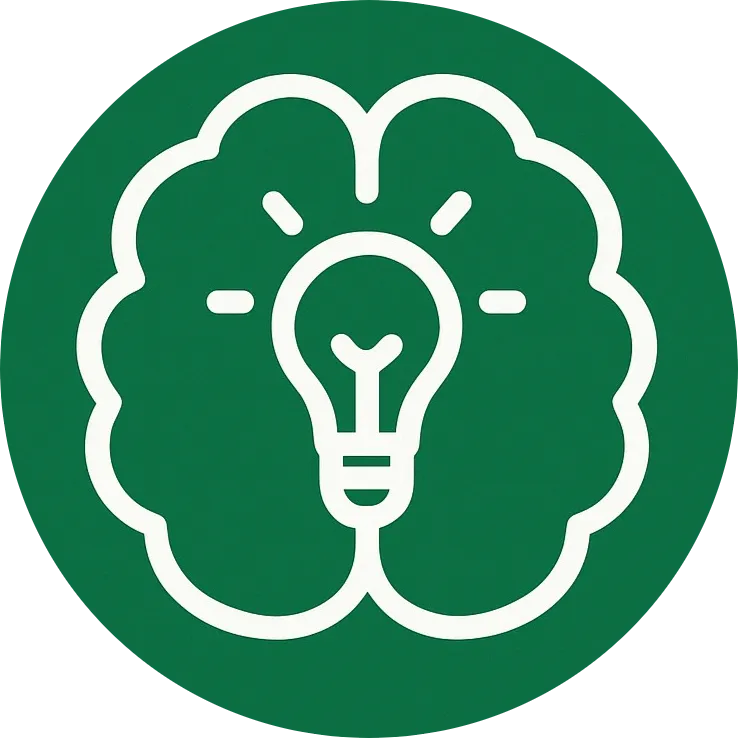The Human digestive system
The process of digestion starts from the mouth. Inside the mouth, the teeth break down the food into smaller particles it then gets mixed with the saliva in the mouth. The Tongue rolls food into bolus which is pushed into the gullet (oesophagus). As the food is swallowed, the soft palate blocks the upper throat called the pharynx which prevents the entry of food into the nasal cavity. When the food passes over the epiglottis which is a flap-like structure, it prevents the entry of food into the trachea. The food is gently pushed down to the stomach by wave-like muscle contractions and relaxations known as peristalsis. In the stomach, hydrochloric acid and digestive juices that are present in the stomach act on the food to help digest it. The hydrochloric acid kills the bacteria and makes the environment acidic. Digestive juices start breaking down the proteins present in the food into simpler forms. Muscular contractions in the stomach churn this food mass to further break it down and mix it with secretions in the stomach to form chyme.
OTHER RESOURCES
You may also need to Download other useful work from class notes to papers, schemes of work and textbooks
 Exotic Ai
Exotic Ai